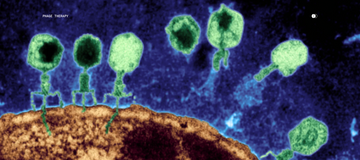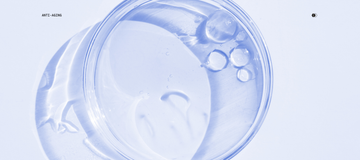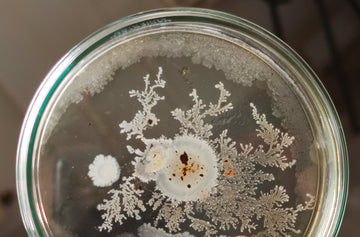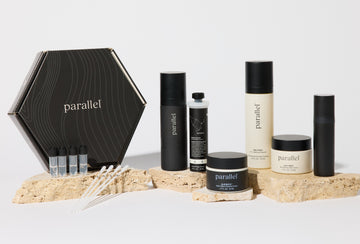As a doctor, my academic and real-world training lays the groundwork for patient care, but I’m constantly on the lookout for new medical innovations grounded in real science and data. After all, cutting-edge approaches to disease treatment have the ability to improve health outcomes. This continuous evolution not only enhances my expertise but also redefines the essence of what it means to provide effective medical intervention.
As such, I was excited to see a recent article from the American Academy of Dermatology’s new’s website, DermWorld, that spoke about the possibility of repairing the skin microbiome to treat skin disease by using bacteriotherapy. It was touted by Dr. Gallo, the founding chair of Dermatology at UCSD, as a novel approach to address inflammatory skin diseases, like atopic dermatitis or eczema, which are known to be associated with dysfunctional host immune responses and bacterial overgrowth.
Bacteriotherapy involves purposefully using live bacteria or their products to treat illnesses. A popular and well known use of bacteriotherapy is the use of probiotics to treat digestive system disorders. Probiotics work by balancing out good and bad bacteria, strengthening the lining of the intestine, and modulating the host’s immune system. Probiotics for the skin could have similar positive effects.

Parallel also addresses the same issues mentioned above, but with a slightly different approach. Whereas bacteriotherapy uses bacteria to achieve the desired results, we use bacteriophage therapy, a more targeted approach. In bacteriotherapy, the good bacteria are added to the ecosystem and they must compete with bad bacteria for space on the skin; they then secrete beneficial antimicrobial peptides, which can work with repeated and consistent use, but are non-specific against different types of bad bacteria. Bacteriophages (phages, for short), on the other hand, work to eliminate a single subtype of a species that is known to be harmful to humans. For example, at Parallel, we use cocktails of phages that precisely kill the specific strains of bacteria associated with acne, rosacea, and eczema. Thus, our approach lends ourselves to be more personalized in our solution.
So is one approach better than the other? They both work through different mechanisms of action; thus, they theoretically could work synergistically to provide the most benefit to patients. More research needs to be done to see how both bacteriotherapy and bacteriophage therapy can help modulate the human immune system when it comes to skin diseases, but early research suggests both approaches can have a positive and meaningful impact.
Want to learn more about the skin microbiome, bacteriotherapy, or phage therapy? Sign up for the waitlist and gain exclusive content, as well as early access to Parallel’s offerings.
Questions? Ask at questions@parallelhealth.io.
About Parallel
A parallel world lives amongst us: the microbial world. This world impacts not only our lifespan, but also our healthspan.
Our mission is to empower people with real science to make meaningful skincare decisions to improve their healthspan, mental well-being, and self-confidence.
Parallel is a next-generation skin health company providing effective, personalized skincare and testing, powered by genomics, skin microbiome science, and machine learning.




























